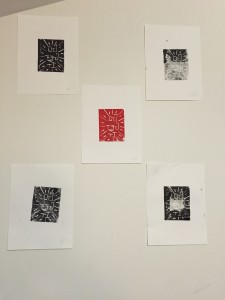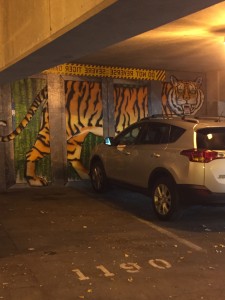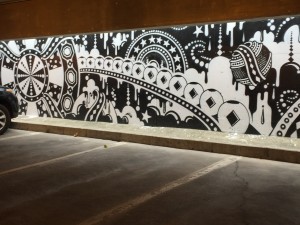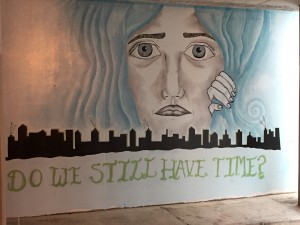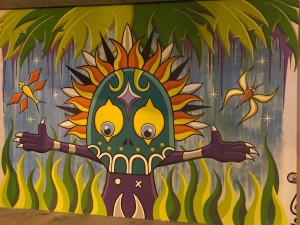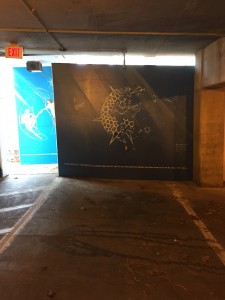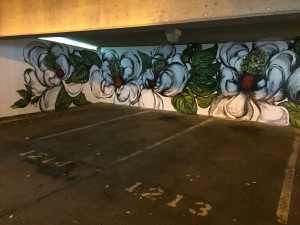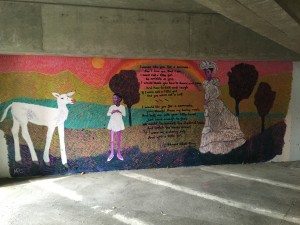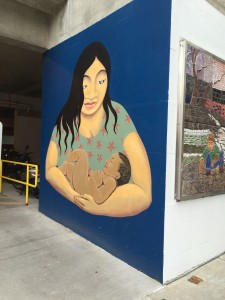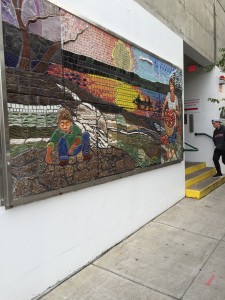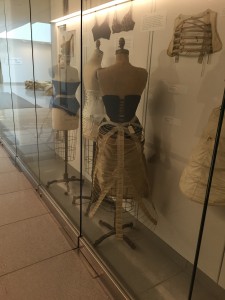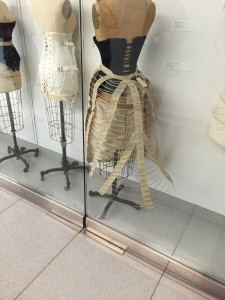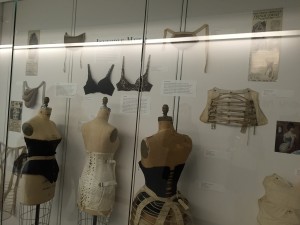As much as I love to explore various forms of art, and the detail they may or may not entail, I am always anxious to making my own forms of art. This should be of no surprise for a few reasons.
One, my art is singing. Two, I’ve never been one to create a masterpiece, but I am good at spotting one.
With these things in mind, I still tried to be positive and join the linoleum workshop at the Johnson Museum. I cannot draw, so I stuck with what I know – words/phrases. My favorite phrase of all time is “GO GET IT”. The phrase helps me to remember that anything is possible, as long as I put my mind to it and work diligently.
I carved the words out on the linoleum piece given to participants, and was super excited! Why? Because it didn’t look bad or crazy. However, when I used the paint and pasted it on paper, MY PHRASE WAS BACKWARDS.
Here, I found myself a little bummed out, as I looked at everyone else’s pieces all nice and well carved. Then I remembered Jay-Z’s quote: “Cry a river. Build a bridge. And get over it.” After I wept for ten seconds, I got over it. I made four more of my backwards phrase, and thrilled to say that I arrived at a masterpiece.
It was by no mistake that I would create a piece and call it Backwards Ambition. It seemed to be a little reflective of my life at the time. A time when I found that I had ambition, but it seemed to be working against me, this piece put it all into perspective. This piece helped to bring me peace that having ambition is an accomplishment, regardless of what direction it seems to be flowing. It reminded me that ambition will always lead to something bigger and better than you ever imagined, just like this piece.

